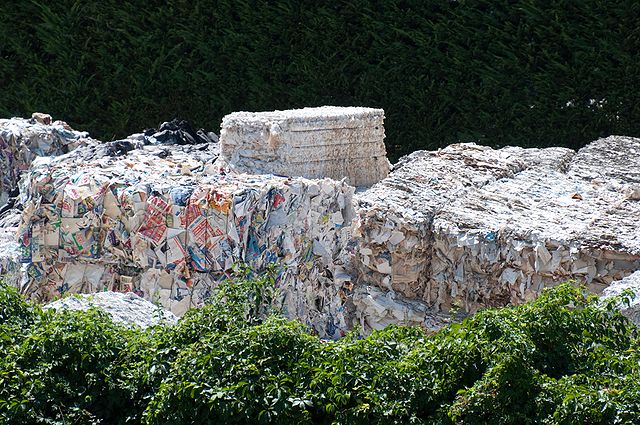Sustainable Paper Industry: The Role of EU Ecolabel according to German Competent Body, RAL gGmbH and the German Federal Environmental Agency
date: 19/01/2017
Since the creation of EU Ecolabel paper-based product groups, Germany has been one of the most active Member States in terms of number of awarded licences and certified products.
Ms. Kristin Stechemesser (from the German Federal Environmental Agency) and Mr. Henning Scholtz (from the Environmental Label Department at RAL gGmbH) are at the head of Germany’s efforts to help companies enhance their production processes via the EU Ecolabel.
Agency) and Mr. Henning Scholtz (from the Environmental Label Department at RAL gGmbH) are at the head of Germany’s efforts to help companies enhance their production processes via the EU Ecolabel.
Below is a short interview that outlines the views of both Ms. Stechemesser and Mr. Scholtz on the role of the EU Ecolabel in promoting sustainable forestry within Europe and around the globe.
Can you briefly describe the application process for obtaining an EU Ecolabel certification for paper-based products? How many paper-based products are awarded the EU Ecolabel in Germany?
Upon receiving the complete application file, we conduct an on-site assessment. Once the company has successfully met the requirements, the EU Ecolabel certification will be granted. Currently we 22 licence holders, covering 61 paper-based products.
What is the overall demand for this Product Group Certification?
While we have noticed that the demand for graphic paper has declined, however office, advertisement, and converted paper are expected to increase in the coming years. This positive curve can be seen with the near 600 new products on the EU market in between March and September 2016!
In your opinion, which one is more environmentally friendly: Virgin fibres from sustainably managed forest or recycled fibre?
The use of recycled fibers, especially paper from household and commercial 
Below is the comparison of materials used to produce paper from recycled origin versus virgin origin[1]:
|
Materials/resources |
Quantities needed of materials to produce 1 ton of recycled paper |
Quantities needed of materials to produce 1 ton of paper made from virgin fibers |
|
Water |
15 m³ |
50 m³ |
|
Energy demand (heat plus power) |
2 MWh |
5 MWh, in integrated mills (mainly resulting from renewable 1.2 ton non fibrous material from about 2.2 ton raw material wood (Lignin and Hemicellulose)) |
|
Fibres |
1.2 ton recovered paper |
1 ton virgin cellulose from 2.2 ton wood |
|
COD (chemical oxygen demand), as a sum parameter for low biodegradable substances in the waste water |
3 kg |
20 kg |
Cellulous fibers can be recycled several times. However, tissue paper is a paper product that cannot be recycled after its use, due to its qualities, the application of high share of recycled fibres that have passed at least one previous product cycle, should be a preferred material to use in the production of tissue paper (at least 70%) in the EU Ecolabel.
[1] BREF, 2014
